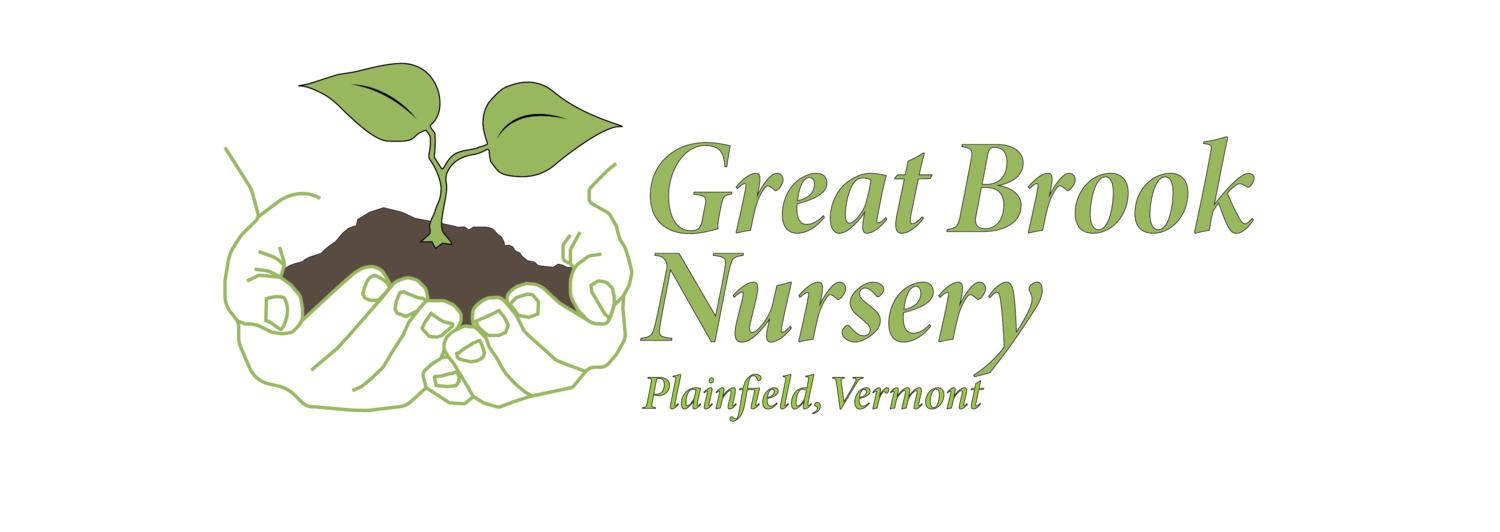Camassia Quamash (Liliaceae)
A hardy bulb with blue or white flowers on 2 ft. stems above a basal of grass like leaves. Grows best in rich, slightly acidic soils that are Spring wet and Summer dry. Flowers from May to June then dies back for the summer. Will slowly spread by seed. The bulbs of the quamash species were an important part of the diet of the native people of the North West US. They were roasted or boiled and cooking reputedly brings out the sweetness. The destruction of the wild camas fields was a part of gaining control of the native people there and the territory of the northwestern US. The price is for 3-4 bulbs depending on size.
A hardy bulb with blue or white flowers on 2 ft. stems above a basal of grass like leaves. Grows best in rich, slightly acidic soils that are Spring wet and Summer dry. Flowers from May to June then dies back for the summer. Will slowly spread by seed. The bulbs of the quamash species were an important part of the diet of the native people of the North West US. They were roasted or boiled and cooking reputedly brings out the sweetness. The destruction of the wild camas fields was a part of gaining control of the native people there and the territory of the northwestern US. The price is for 3-4 bulbs depending on size.
A hardy bulb with blue or white flowers on 2 ft. stems above a basal of grass like leaves. Grows best in rich, slightly acidic soils that are Spring wet and Summer dry. Flowers from May to June then dies back for the summer. Will slowly spread by seed. The bulbs of the quamash species were an important part of the diet of the native people of the North West US. They were roasted or boiled and cooking reputedly brings out the sweetness. The destruction of the wild camas fields was a part of gaining control of the native people there and the territory of the northwestern US. The price is for 3-4 bulbs depending on size.
Camassia scilloides is the species native to eastern North America. It has white or blue/violet flowers and blooms instead in late summer.




